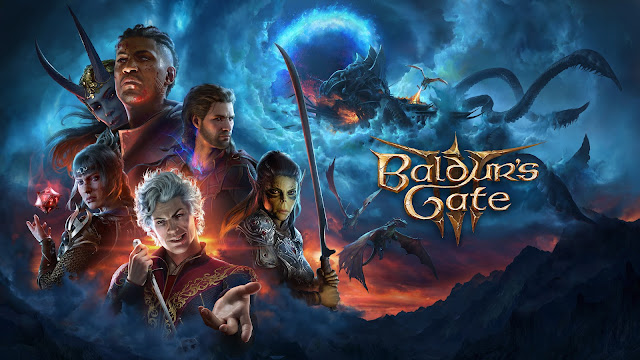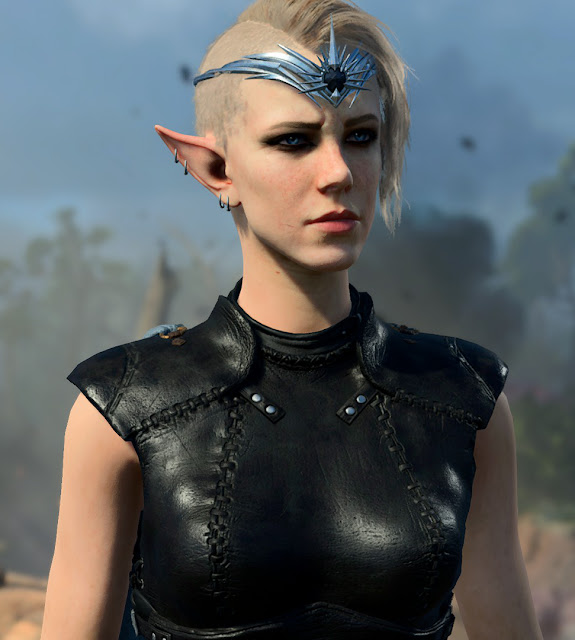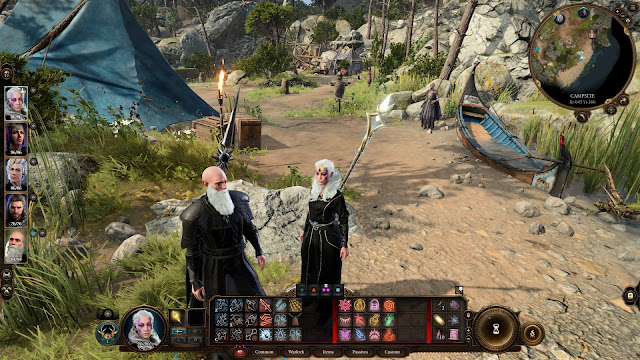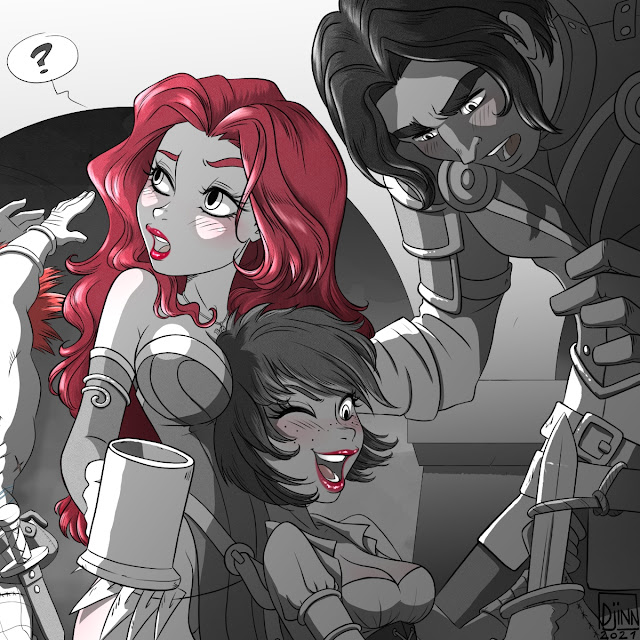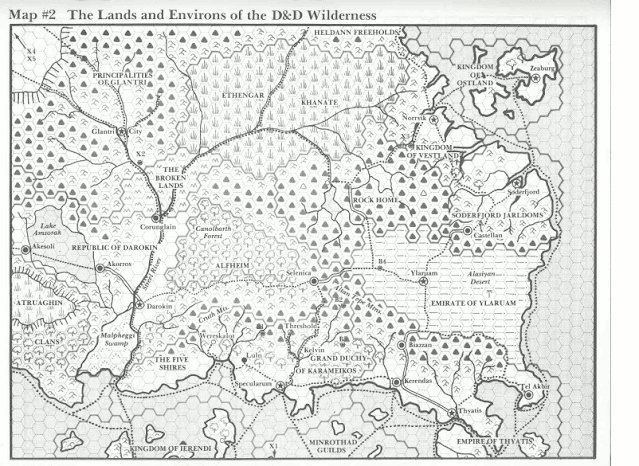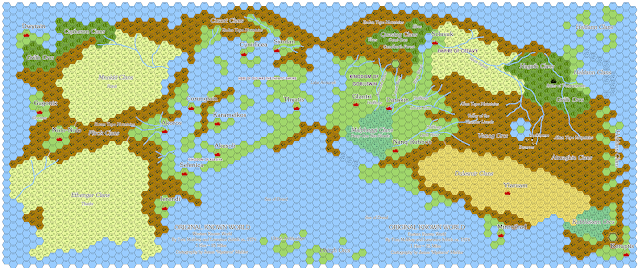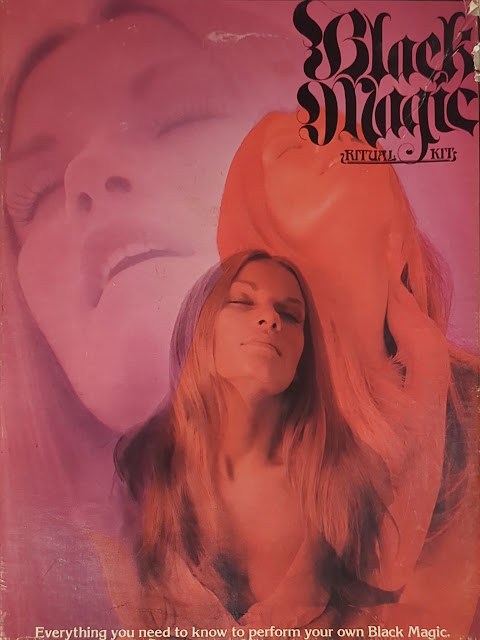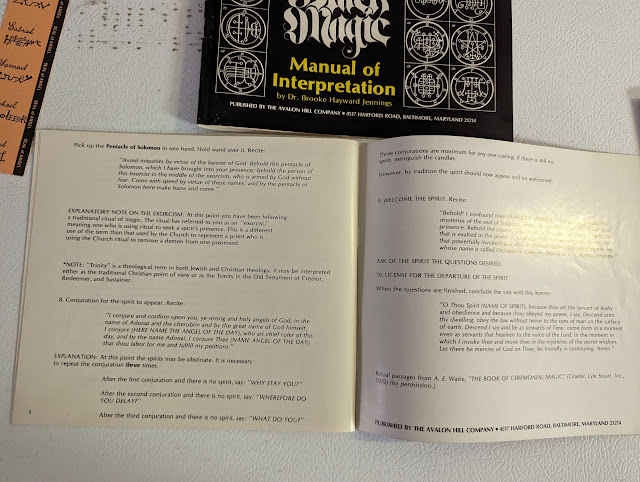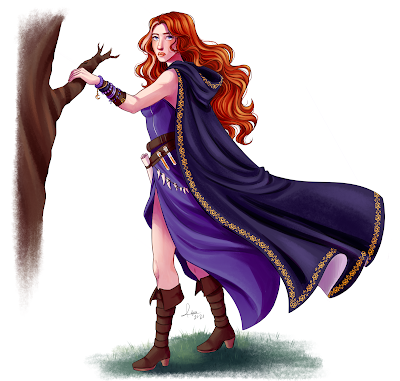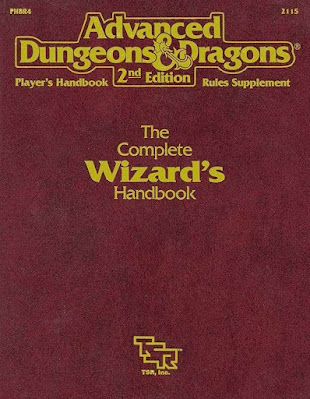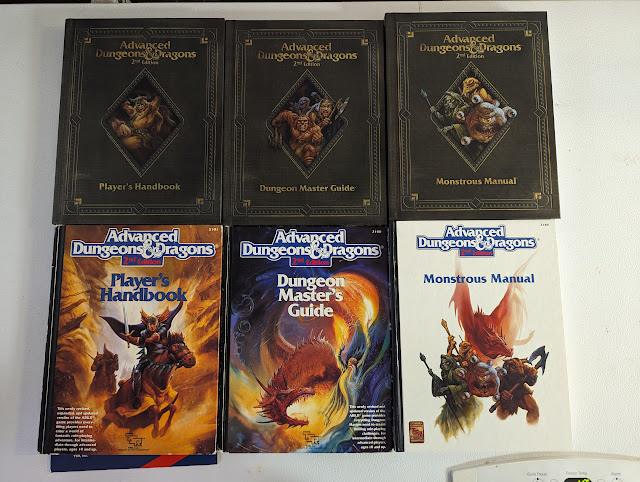Your Wrath & Glory Starter Set II
 In the far future of the 41st Millenium, the Gilead System has been isolated from the Imperium of Man by the Cicatrix Maledictum, the Great Rift that unleashed waves of supernatural darkness and malignant power from the Realm of Chaos. The system, rent by internal strife and disagreement from within as to how to survive and threatened by the Ruinous Powers and its allies from without, teetered on the edge of collapse, but hope arrived in the form of the Varonius Flotilla, a Rogue Trader fleet under the command of Jakel Varonius, bringing ships and forces which could ensure the system’s survival. The only vessels to have made contact since the opening of the Great Rift, the Varonius Flotilla is seen across the Gilead System as its saviour, but the fleet alone can only so much. There are wars across the system, the chances of starvation grow daily, and alliances have to be made, even with xenos. This is a time for heroes, for ordinary men as well the Imperium’s genetically enhanced super soldiers, the Space Marines, Psykers, scribes, and others to work together to withstand the Chaos and protect all those it would suborn and destroy. Under the command of Jakel Varonius himself, such agents will become the most distant, but worthy arm and blade of the Emperor himself! Can the agents save the Gilead System? Will ‘wrath and glory’ be theirs?
In the far future of the 41st Millenium, the Gilead System has been isolated from the Imperium of Man by the Cicatrix Maledictum, the Great Rift that unleashed waves of supernatural darkness and malignant power from the Realm of Chaos. The system, rent by internal strife and disagreement from within as to how to survive and threatened by the Ruinous Powers and its allies from without, teetered on the edge of collapse, but hope arrived in the form of the Varonius Flotilla, a Rogue Trader fleet under the command of Jakel Varonius, bringing ships and forces which could ensure the system’s survival. The only vessels to have made contact since the opening of the Great Rift, the Varonius Flotilla is seen across the Gilead System as its saviour, but the fleet alone can only so much. There are wars across the system, the chances of starvation grow daily, and alliances have to be made, even with xenos. This is a time for heroes, for ordinary men as well the Imperium’s genetically enhanced super soldiers, the Space Marines, Psykers, scribes, and others to work together to withstand the Chaos and protect all those it would suborn and destroy. Under the command of Jakel Varonius himself, such agents will become the most distant, but worthy arm and blade of the Emperor himself! Can the agents save the Gilead System? Will ‘wrath and glory’ be theirs?This is the set-up for the Warhammer 40,000: Wrath & Glory – Starter Set. Published by Cubicle 7 Entertainment, this is the second attempt at a starter set for the Warhammer 40,000: Wrath & Glory, previously published by Ulisses Spiele in 2019. It follows the same format as the Warhammer Fantasy Roleplay Starter Set in providing everything needed to play and get started in action, horror, and intrigue of the 41st Millenium. This includes ‘Traitor’s Hymn’, an adventure set aboard the Varonius Flotilla; ‘The Varonius Flotilla’, a guide to the fleet; six character sheets; three reference sheets; Wrath, Glory, and Ruin; and a set of eight six-sided dice, including a Wrath Die. ‘Traitor’s Hymn’ is a detailed adventure designed to introduce both the setting and the mechanics of Wrath & Glory, but ‘The Varonius Flotilla’ is designed to not only detail that setting, but also support further play with both background and further play with extra scenarios that will extend the usefulness of the Warhammer 40,000: Wrath & Glory – Starter Set.
Open the Warhammer 40,000: Wrath & Glory – Starter Set and the first thing that you see is a gatefold sheet with the words ‘READ THIS FIRST’ on it. This introduces the basics of everything about Warhammer 40,000: Wrath & Glory, essentially preparing each player for his first choice—what will he roleplay? Underneath is a sheaf of six gatefold character sheets, each of which details a Player Character or Agent. A lot of thought has gone in terms of the design of these gatefold character sheets. On the front of each, there is a summary of who and what the Agent is, as well as warning not to open the character sheet up unless the player is definitely planning to roleplay that character. Inside, the character sheet presents the stats and details in easy-to-read fashion, plus a background, and possible connections with the other Agents, secrets, and objectives. It includes notes on each Agent’s talents, abilities, and equipment too. There is a full-page illustration of the character on the back. None of the secrets are heretical, but they are often dark and may make life difficult for the Agent. The Agents consist of a Sanctioned Psyker, a Sister of Battle, a Rogue Trader, a Skitarius, an Aeldari Ranger, and a Space Marine Scout. The inclusion of an Aeldari Ranger, a Xenos, indicates the desperation which is driving the surviving factions and forces in the Gilead System to work together.
‘Traitor’s Hymn’ is the beginning scenario. It is designed to introduce the setting, the Agents, and the concepts behind the roleplaying game in a step-by-step process. As play begins the Agents are aboard The Herald Varonius, a voidship transporting notables to the Varonius Flotilla. They are attending a grand banquet for the guests aboard when everything goes awry. Before that, each Agent receives a flashback which allows his player to make a choice, roll some dice for the first time, and have some time in the spotlight. The events of all six flashbacks tie into the adventure. There is the chance to learn a few more clues before the action begins and the voidship is inexplicably thrown into the Void. However, the Geller Field which would normally protect the crew and passengers of The Herald Varonius is fluctuating, which means her Geller Field Generator is malfunctioning. Which means the Agents are going to make their way into the bowels of the ship in order to find the cause and if they can, fix it. Between them lie Chaos infestations and manifestations, cultists, and worse, via an entrail-strewn library, a combat turned execution arena, twisted hydroponics gardens, and more before they reach the bowels of the vessel and discover the real culprits behind the situation The Herald Varonius finds itself in.
Mechanically, the Warhammer 40,000: Wrath & Glory – Starter Set, and thus Warhammer 40,000: Wrath & Glory, is a dice pool system using six-sided dice. Rolls of four and five are counted as ‘Icons’, and a roll of six as ‘Exalted Icons’. Tests are typically rolled as combinations of an attribute and a skill, or just the attribute, the latter being fairly broad, with a Difficulty Number of three being ‘Standard’ difficulty and a Difficulty Number of five being ‘Challenging’ difficulty. If a player rolls a number of Icons equal to the Difficulty Number, the task is successful. Any ‘Exalted Icons’ rolls are worth two Icons rather than one. However, if enough Icons are rolled on a test and there are any ‘Exalted Icons’ left over, they can be ‘Shifted’, or removed from the dice pool. A ‘Shifted Exalted Icon’ can be sued to gain more information, make the Test exceptional and give an extra beneficial outcome, add an extra Effect Die in combat, or add a point of Glory to the party’s pool.
Included with any roll, is the Wrath Die. This is of a different colour. It works like a standard die, except when one or six is rolled. On a one, it adds a complication to the task, whereas a roll of six is counted as an ’Exalted Icon’, but also adds a point of Glory to the party pool. In combat, it indicates that a Critical Hit has been scored. A player also has access to Wrath Points. These can be spent to reroll all dice that rolled a one, two, or three on the dice in a Test, add a minor element to the narrative, or to take an Action to recover Shock which has either been lost through combat or misadventure. The party as a whole, has access to the Glory Pool. Glory Points can be spent to add dice to a test, to add more damage to a successful attack, to improve the effect of a Critical Hit, or to seize the initiative.
Combat uses the same rules, with an Agent able to take a Combat Action, a Simple Action, a Reflexive Action, a Movement Action, and a Free Action on his Turn. Initiative simply passes back and forth between the players and the Game Master until everyone has acted. Both Armour and an Agent’s Resilience stop damage, any left over being suffered as Wounds. The Wounded Condition means that the Difficulty Number for Tests increases, but a player can roll his character’s Determination. Any Icons from this roll convert Wounds to Shock, but suffer too much Shock and an Agent may end up exhausted.
Fear Tests are based on an Agent’s Resolve, failure giving the Agent the Fear Condition. Corruption Tests are based on the severity of the source of Corruption, a player rolling his Agent’s Conviction to withstand its effects. Corruption will increase the Difficulty Number for future Corruption and Mutation Tests. The latter will occur when the number of Corruption Points exceeds an Agent’s Conviction. The Warhammer 40,000: Wrath & Glory – Starter Set only provides a few options for Mutations, there being a more extensive list and advanced rules in the core rulebook for Warhammer 40,000: Wrath & Glory.
Whilst the Players have access to Wrath and Glory, the Game Master has Ruin. Points of Ruin are gained when an Agent fails a Corruption Test or a Fear Test, or the Game Master rolls a six on the Wrath Die. She can expend it to reroll failures on Test, to Seize the Initiative or have NPC act in an ambush, to restore an NPC’s Shock, and to make a Determination roll. Ruin is also spent to activate certain abilities on NPCs and creatures of Chaos.
‘The Varonius Flotilla’, the second book in the Warhammer 40,000: Wrath & Glory – Starter Set, details both the Varonius Flotilla and the Gilead System. This includes the major NPCs with their goals and agendas and their quirks and secrets, and the various ships of the fleet, the last being The Herald of Varonius. The latter is where ‘Traitor’s Hymn’ is set and it is also the reward which the Agents are assigned at the end of the scenario. What that does, is give them the means to travel back and forth across the Gilead System, undertake further missions, and do both with some agency. ‘The Varonius Flotilla’ notes that of Jakel Varonius, the rogue trader and commander of the fleet, has brought the shuttles across the whole fleet under his command to lessen individual ship control, tie the fleet together, and to give him an information network in the form of the shuttle pilots. Besides bringing support and relief to the Gilead System, the Varonius Flotilla is also searching for resources in the system to exploit, despite it having been settled and worked for millennia.
The ’Ports of Call’ section details the eight worlds of the Gilead System, including the major locations, NPCs, threats faced by the world, and important features. Notably, there is one of each major type of world found within the system, thus, Gilead Primus is a Hive World, Ostia an Agri World, Enoch a Shrine World, and so on. Each world is given a couple of adventure hooks as well. Lastly, there is a discussion of the Warrant of Trade that Jakel Varonius holds as a Rogue Trader, before ‘The Varonius Flotilla’ presents six further adventures that will take the Agents back and forth across the Gilead System. In terms of play, these are relatively, offering a single session each unless the Game Master wants to flesh them out further. In comparison, ‘Traitor’s Hymn’ will probably take tow to three sessions to play through.
One issue in terms of play between ‘Traitor’s Hymn’ and six extra scenarios is that the Agents are not going to improve or learn from their experience. To do that, the Game Master will need access to the core rulebook for Warhammer 40,000: Wrath & Glory. That said, a starter set is typically not designed to facilitate that aspect of play, the Warhammer 40,000: Wrath & Glory – Starter Set being no different here, and of course, the Game Master can adjudicate the rewards as necessary if her players want to continue playing beyond the confines of the Warhammer 40,000: Wrath & Glory – Starter Set.
Another issue is the player count required for the Warhammer 40,000: Wrath & Glory – Starter Set. There are six Player Characters or Agents, but ‘Traitor’s Hymn’ requires a minimum of five players. It can be played with four players, but one of the other Agents becomes a communal NPC. It is a high demand, and perhaps it could have been written with the lower player count in mind and allowed for an adjustment in terms of more rather than fewer players.
In terms of setting, the Warhammer 40,000: Wrath & Glory – Starter Set draws the Game Master, her players, and their Agents in a couple of steps. First, ‘Traitor’s Hymn’ gives an immediate experience of the milieu and sets them to explore the setting of the Gilead System detailed in ‘The Varonius Flotilla’. Together, the two books do the same for the wider setting of the Gilead System detailed in Warhammer 40,000: Wrath & Glory. However, there is a third thing that it should do as well, and that is follow in the footsteps of the Warhammer Fantasy Roleplay Starter Set which is supported by its own series of scenario anthologies, beginning with Ubersreik Adventures: Six Grim and Perilous Scenarios in the Duchy of Ubersreik. That enables the Game Master and her players to continue playing with the same Player Characters and in the same setting.
Much like the earlier Warhammer Fantasy Roleplay Starter Set, the Warhammer 40,000: Wrath & Glory – Starter Set is not a good introduction to roleplaying and nor is it designed to be. It just does not start from the first principles to do that, but that is fine, because as an introduction to Warhammer 40,000: Wrath & Glory, it does a very good job and does so in an attractive package. Similarly, the rules presented have been stripped down from the core rulebook, but there is more than enough to play through the contents in the Warhammer 40,000: Wrath & Glory – Starter Set. If the Game Master and her players have access to the Warhammer 40,000: Wrath & Glory core rules, it would be possible for the players to create their own Agents and play through the scenarios included here, but unless they adhere to the archetypes given in the Warhammer 40,000: Wrath & Glory – Starter Set, some of the nuances of the pre-generated Agents and their ties to the Gilead System and the events of the scenario in ‘Traitor’s Hymn’ may be lost.
Physically, the Warhammer 40,000: Wrath & Glory – Starter Set is a handsome boxed set. Everything inside is of good quality—the gatefold character sheets are particularly well done—and vibrantly illustrated. It does, unfortunately, need an edit in places.
Overall, the Warhammer 40,000: Wrath & Glory – Starter Set is an impressive introduction to the setting of the Gilead System and Warhammer 40,000: Wrath & Glory, its playthrough preparing the Game Master and her players for wider adventures. For anyone wanting to roleplay the action, horror, and intrigue of the 41st Millenium, the Warhammer 40,000: Wrath & Glory – Starter Set is the perfect place to make that stand against corruption, chaos, and Chaos!


